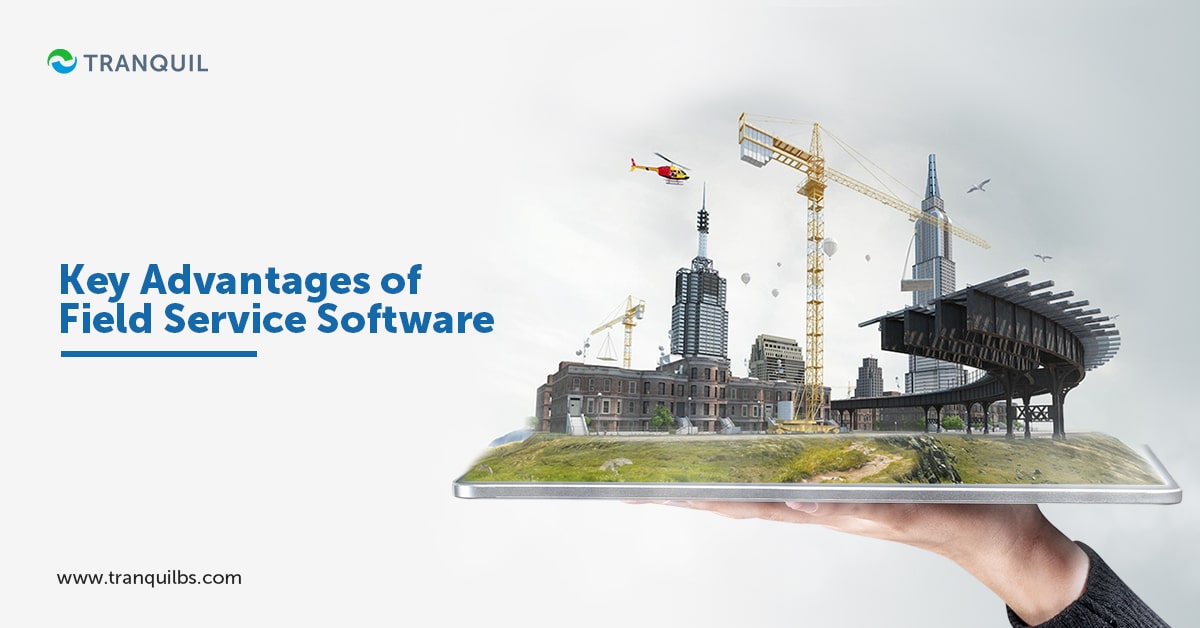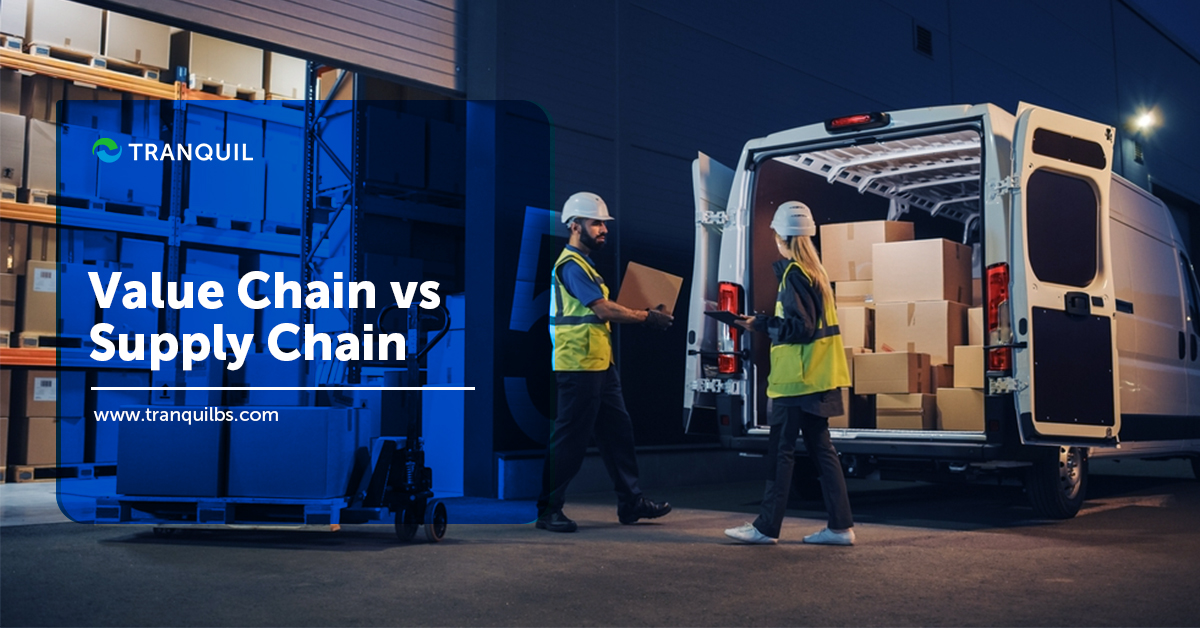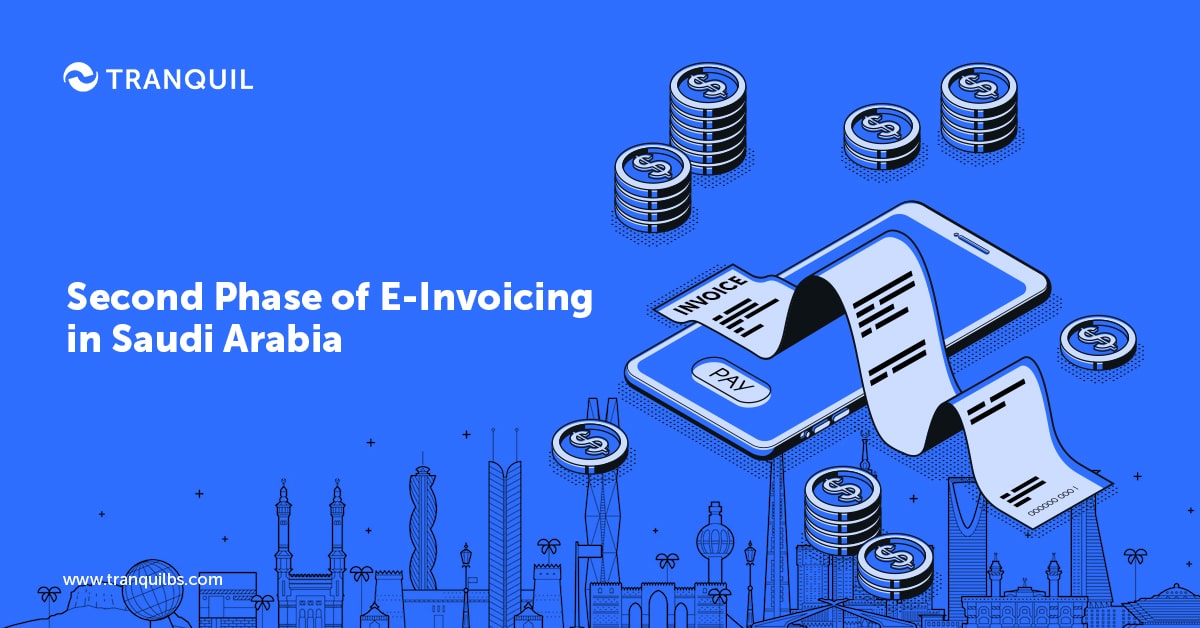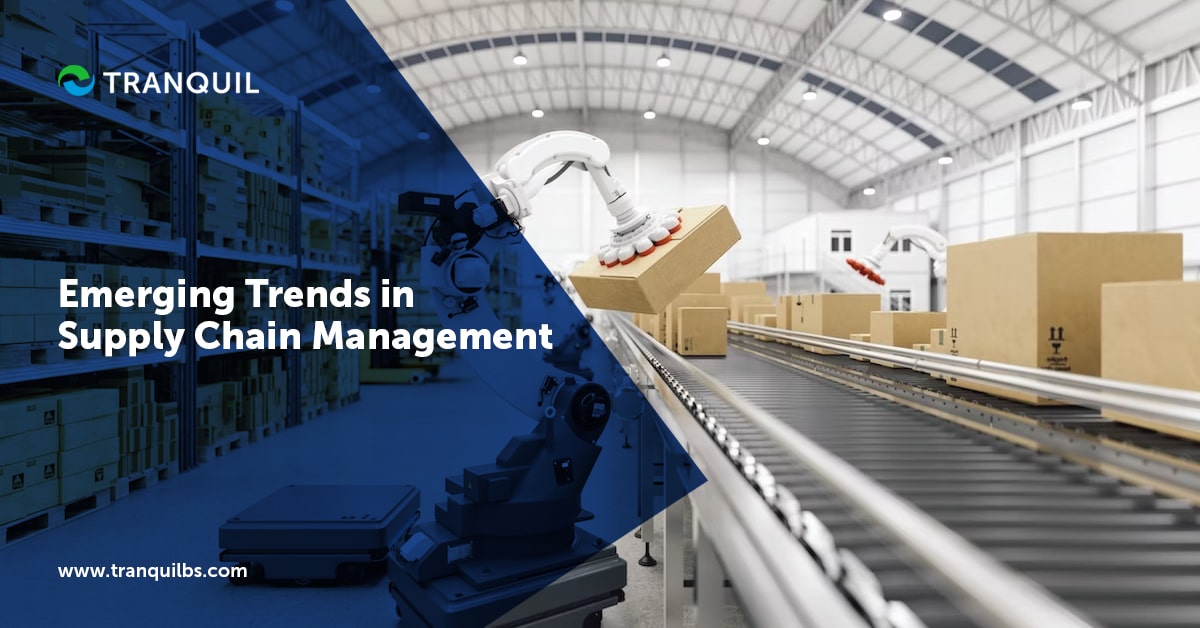
Emerging Trends in Supply Chain Management
It is essential for living beings, businesses, processes, and so on to evolve so that they can survive and thrive.
The same goes for supply chains as well.
Cloud computing, artificial intelligence, robotic process automation, and other new technologies are disrupting not only the supply chain software environment but also the way supply chains function.
What will the emerging trends in supply chain management for 2023 be?
Let’s understand a few things first:
Challenges
The COVID-19 pandemic caused a worldwide shortage of truck drivers, workers, and so on, slowing the movement of products and spiraling the cost of shipping.
This shortage has been having a cascading effect, with disruptions in Europe possibly crossing 900 billion this year, according to a report by Accenture.
The continued shortage of labor and increasing cost of freight, congestion at ports, breakdown of logistics, and inadequate material supplies are the main causes of these disruptions.
Despite the supply chains being on the mend continuously, a full recovery is going to take a long time.
With business leaders undergoing fluctuations in supply chain, they are increasingly relying on technology and restructuring their strategies.
ALSO READ: Best Ways to Improve Supply Chain
Trends in Supply Chain Management
Let’s now take a look at trends in supply chain management.
1. Resilience

The lockdown caused chaos and upheaval in all sectors all over the world; supply chains have had to innovate and venture into uncharted territory.
Since the pandemic set in, the supply chain pressure index has been very volatile.
McKinsey says that companies have to discover and mitigate hidden risks while reshaping strategies that are no longer relevant so that they can be more resilient to such situations in the future.
Value chains include everything from procuring raw materials to delivering the products to customers.
The impact of supply chain disruptions extends beyond these value chains.
Every tier in the supply chain suffered losses during the pandemic, as a disruption at any point in the chain has a cascading effect and impacts several activities in the chain.
These risks are forcing supply chains to take a fresh look at risk assessment and their vulnerabilities to have flexibility and resilience.
ALSO READ: Inventory Management Trends to Know
They have to consider:
- The weak links in vendor partnerships
- Important areas in the chain not in their control
- Reliance on items with just one source that could disturb the supply chain if they faced issues
- If they have adequate visibility into end-to-end processes that will enable them to be agile during unforeseen circumstances
It is not that being flexible and resilient are new concepts; in the race to cut costs, these objectives were often ignored.
From now on, choosing the lowest cost option can be damaging to the supply chain.
2. Blockchain
Blockchain technology offers outstanding transparency and visibility.
Instead of the conventional method of storing information in tables, blockchain uses blocks of data.
New blocks are created as each storage block gets filled with data, and are ‘chained’ to the previous block.
These blocks become undisputable records, giving users transparency into every transaction with precise time stamps.
It is one of the important supply chain trends as it allows:
- Better tracking of materials from the source, across the chain, up to the customer
- Reduces administration and paperwork
- Improves security of transactions and offers better visibility into suppliers etc.
- Enhanced security and fraud detection
ALSO READ: What is Hybrid ERP?
3. Digital Supply Chain Twins
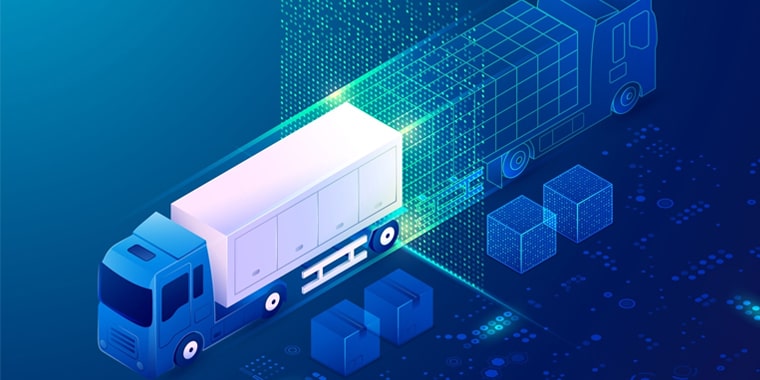
With social distancing and remote work, digital became more popular than manual, as it provides real-time data from across the supply chain along with precise analytics.
This helped avoid many disruptions.
They recreate a supply chain and its processes in entirety, in a digital environment that can be accessed easily.
The real-time data collected from IoT devices offer full visibility into everything, from what customers order, to individual items going through the supply chain.
It can identify delays in production and possible consequences, while alerting you to machinery in need of repair.
They offer massive benefits to industries out of supply chain management too, but necessitates huge investment financially and equipment-wise.
ALSO READ: What is Inventory Reorder Point?
4. Supply Chain as a Service (SCaaS)
SCaaS is rapidly becoming one of the most popular supply chain software trends.
As value chains gain complexity, it becomes very difficult to handle every process in-house.
The trend is to shift to digital from manual, where data maintenance and analysis, implementing massive numbers of IoT devices, etc. become the norm.
Most small and medium businesses will be unable to execute these tasks themselves, choosing to outsource them instead.
SCaaS can help reduce costs, boost productivity, and enhance customer service, and offers specific benefits for the supply chain like improved asset management, flexibility, agility, and resilience.
This affords a tactical opportunity to work with organizations who aim at making every part of the chain more efficient.
When each segment can focus its efforts on rotating inventory or managing assets, it becomes possible to innovate and gain competitive advantages.
Of course, it necessitates surrendering control over specific parts of your supply chain and can be worrisome; but bear in mind the advantages you can gain.
ALSO READ: Benefits of E-commerce and ERP Integration
5. Circular Supply Chains
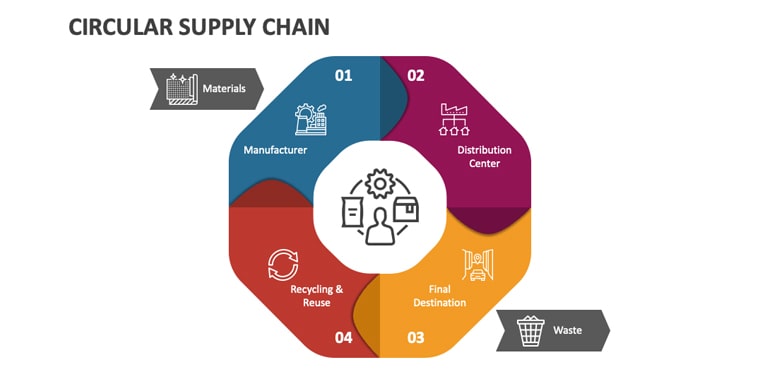
Conventional linear supply chains dispose materials left after producing an item; with sustainability becoming more important than ever, circular supply chains are gaining in popularity.
Here, unused materials are pushed back into the chain – recycling and promoting low or zero waste.
Today’s customers care about the ethical value of their products, and governments define limits for waste too.
To be successful today, you must use ethical practices and have sustainability in sourcing.
Circular supply chains require some effort but can help cut costs significantly.
6. Cloud-based Products
Cloud-based systems reduce expenses and customization issue, without compromising on security or functionality.
A study by Markets estimates that the market for cloud-based supply chain management will cross 45 billion dollars by 2027.
Businesses today are more open to outsourcing, and are not worried about third parties accessing their software, inventory information and the like.
The benefits provided by cloud software like Tranquil are numerous: rapid deployment, lower upgrade costs, better software lifecycle, anytime anywhere access, and so on.
Extreme customization is possible with on-premise deployments but with little customization in cloud-driven software, you may end up altering your processes so that it works better with tech – and this can bring you many more benefits.
ALSO READ: Importance of Cash Book in Accounting
7. AI and IoT

With low price and reliability, IoT sensors are available in ample quantities; internet penetration is massive and increasing still, data storage capacity has increased tremendously as has processing capabilities, and AI has not only made its entry but is also gaining more applicability.
All these have driven the rapid adoption of IoT in supply chain management.
Thanks to AI and IoT, customers today can find out where their shipments are at any given time; the technology helps reduce costs and boost productivity, increasing revenues.
AI saves time and money, and speeds up the entire supply chain process end-to-end.
With lower-level decision making automated, management can focus on strategy formulation and higher-level decisions.
AI helps in balancing supply with the demand forecast and transform the way you view future trends in supply chain management.
It studies current patterns and predicts potential results for future scenarios – thereby solving inefficiencies in the present chains.
ALSO READ: Understanding Sales Management in ERP
8. Robotics and Automation
Supply chain can benefit significantly by adopting modern robotics, as they can integrate with your processes safely, from remote locations.
While there is the fear of humans losing jobs, it actually only takes up low-value tasks, enabling you to divert your attention to complex challenges and value-adding tasks.
The employees performing lower-value tasks can be upskilled – they don’t have to be dismissed.
Like it or not, automation is here to stay thanks to the increased productivity and efficiency it offers.
ALSO READ: What is Physical Stock Verification?
9. 5G Networks
It is imperative that we have networks capable of handling a large number of devices, now that thousands of IoT-enabled devices are becoming available in the market.
There is a huge gap between the capabilities of 4G and 5G. while the former is capable of handling 10,000 devices in a square mile, the latter can handle a hundred times that number.
The rapid adoption of digital necessitates a robust network being in place to enable seamless and speedy communication between machinery, processes, and users.
5G offers better quality and also optimizes important supply chain components, from logistics to distribution, up to warehouse management.
ALSO READ: How Can you Track Unit of Measurement (UOM)?
10. Capacity Crunch
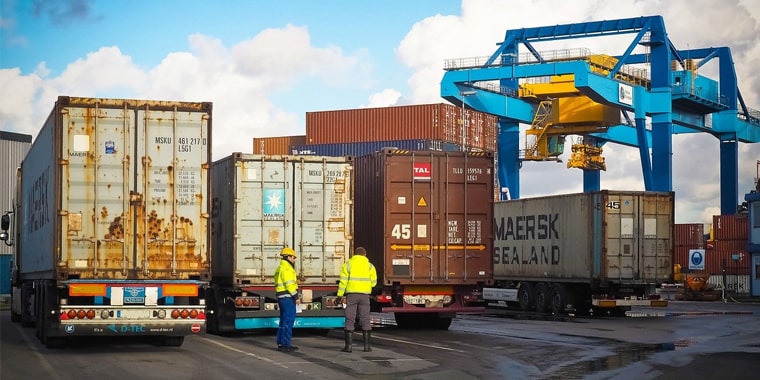
The possibility of a capacity shortage stretched the trucking industry to its limit in the past few years.
It was expected that this would be rectified by 2020, but then all hell broke loose with the pandemic, and it doesn’t look like it will improve anytime soon.
With more people preferring to shop online, it is becoming challenging to deliver their orders on time.
While revenue increase is an outcome of the increased need for transporting goods, it has several challenges – maintaining trucks, for instance.
Truck breakdowns can have a ripple effect, especially when demand is at a high.
Companies have to become agile and diligently track their business processes to respond to market changes.
Truck manufacturers should invest in software that automates processes and reduces expenditure.
Trucking companies and shippers will require robust collaboration systems to sail through the choppy waters of the supply chain.
ALSO READ: ERP in Accounting and Financial Management
Conclusion
In the near future, we will see even more technologies emerging in the supply chain industry, along with newer challenges.
Businesses will have to become resilient to tide over unforeseen disruptions. Leveraging emerging supply chain software trends like those we mentioned above – AI, robotics, Blockchain, cloud computing, 5G, etc. will help companies scale, and be flexible and agile.
Tranquil ERP is a cloud-based, robust, affordable software that can help you manage your supply chain efficiently, cut costs, save time, and boost revenues. It is a scalable and flexible system that will improve your business processes from end to end. Simply book a demo at your convenience and see for yourself how it works. Our representatives will walk you through it and answer any query you have.

